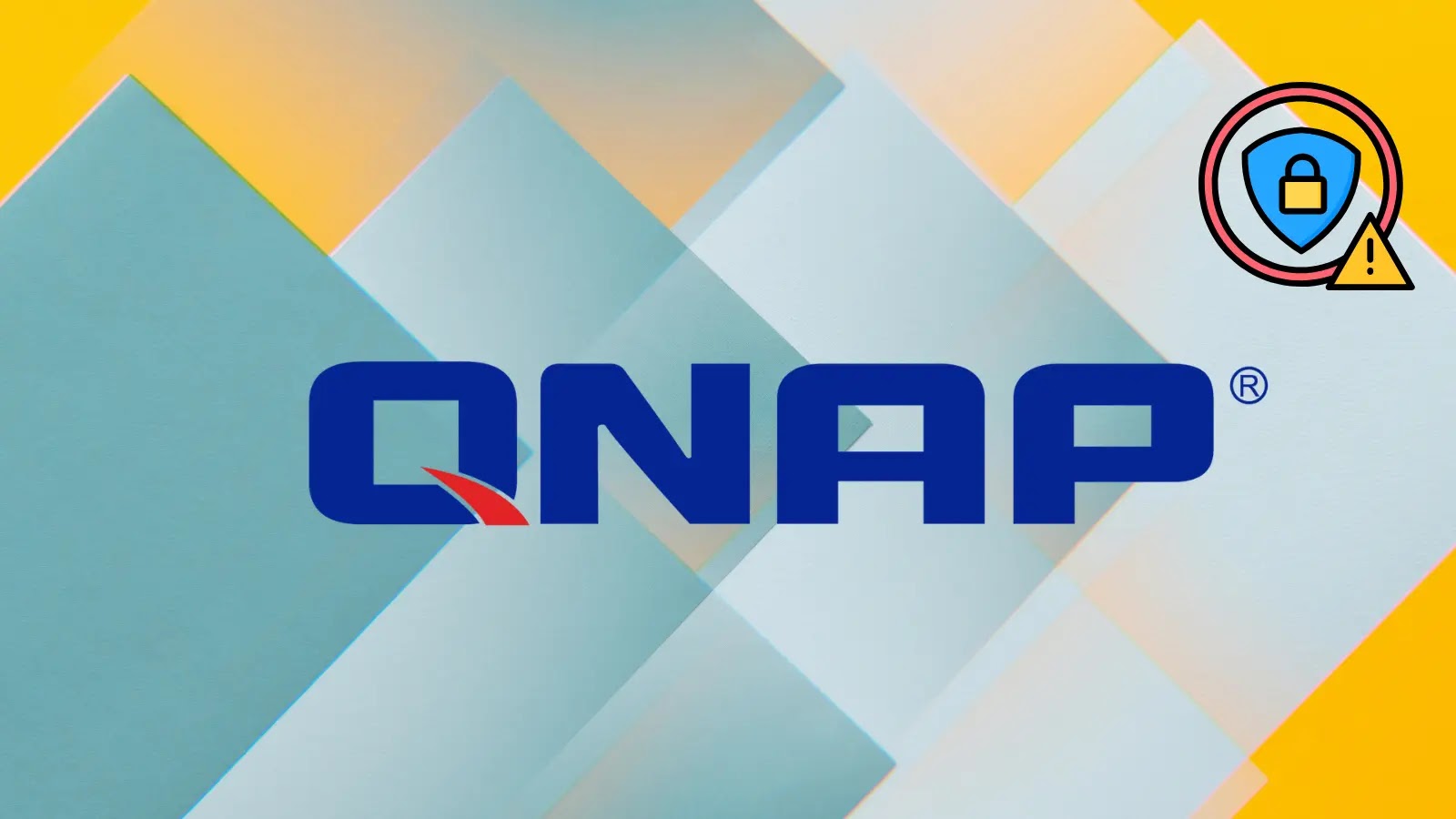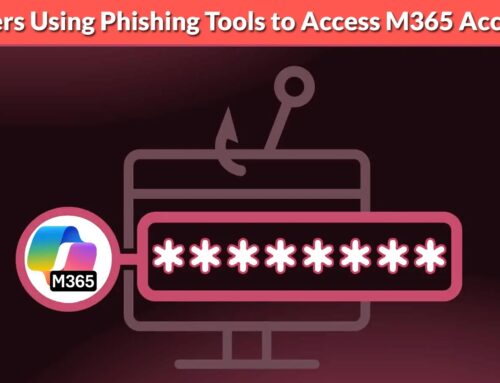
QNAP Vulnerability Let Attackers Bypass Authentication and Access Unauthorized Files
A significant security flaw impacting QNAP’s legacy VioStor Network Video Recorder (NVR) firmware has come to light, posing a serious threat to organizations utilizing these devices. This vulnerability allows unauthenticated attackers to bypass security measures, gain unauthorized access, and potentially compromise sensitive data. As cybersecurity analysts, understanding the specifics of such exploits and implementing swift remediation is paramount to maintaining a robust security posture.
Understanding the QNAP Authentication Bypass Vulnerability
QNAP Systems recently disclosed a critical security vulnerability, identified as CVE-2023-47521 and CVE-2023-47522, affecting its legacy VioStor NVR firmware. Specifically, these vulnerabilities impact QVR firmware version 5.1.x. The core of the issue lies in a faulty authentication mechanism that, when exploited, grants remote attackers the ability to bypass login credentials entirely.
The impact of this authentication bypass is severe. An attacker can gain unauthorized system access, potentially view, alter, or delete recordings, and even compromise the integrity of the NVR device itself. For organizations relying on these NVRs for surveillance and data storage, this represents a direct threat to operational continuity and data privacy.
- CVE-2023-47521: Remote Authentication Bypass. View CVE details.
- CVE-2023-47522: Unauthorized File Access. View CVE details.
Affected Systems and Impact Analysis
The vulnerabilities specifically target QNAP’s legacy VioStor NVR models running QVR firmware version 5.1.x. It’s crucial for organizations to identify if they are using these specific devices and firmware versions. Legacy systems often pose unique challenges as they may not receive the same level of security patching as newer models, making them attractive targets for threat actors.
An attacker who successfully exploits this vulnerability can achieve:
- Complete Authentication Bypass: The attacker does not need legitimate credentials to access the NVR.
- Unauthorized System Access: Gaining full control over the affected NVR device.
- Access to Sensitive Files: Potentially viewing, modifying, or exfiltrating recorded video footage or configuration files.
- Broader Network Compromise: An NVR, once compromised, can serve as a pivot point for attackers to gain access to other systems within the network.
Remediation Actions for QNAP NVR Users
Prompt action is essential for any organization using affected QNAP VioStor NVRs. Implementing the following steps can drastically reduce exposure to this critical vulnerability:
- Immediate Firmware Update: Check for and apply the latest available firmware updates from QNAP. While the vulnerability affects legacy firmware, QNAP typically provides patches or guidance for end-of-life products when such critical flaws emerge. Prioritize this step.
- Network Segmentation: Isolate NVR devices on a separate network segment or VLAN. This limits an attacker’s ability to move laterally within your network even if the NVR is compromised.
- Restrict Remote Access: Disable remote access (e.g., via NAT or port forwarding) to the NVR unless absolutely necessary. If remote access is required, implement a Virtual Private Network (VPN) for secure connections.
- Strong Passwords and Account Management: Even for internal access, enforce strong, unique passwords for all NVR accounts. Regularly review and disable unused accounts.
- Firewall Rules: Configure firewall rules to restrict inbound and outbound traffic to and from the NVR to only necessary ports and IP addresses.
- Regular Backups: Maintain regular, secure backups of your NVR configurations and critical data. This helps in recovery in the event of a successful attack.
Tools for Vulnerability Detection and Mitigation
While the primary defense is patching, several tools can assist in identifying vulnerable systems and enhancing security posture:
| Tool Name | Purpose | Link |
|---|---|---|
| Nmap (Network Mapper) | Network discovery and port scanning to identify exposed NVRs and open ports. | https://nmap.org/ |
| Vulnerability Scanners (e.g., Nessus, OpenVAS) | Automated scanning for known vulnerabilities, including outdated firmware versions. | https://www.tenable.com/products/nessus http://www.openvas.org/ |
| Firewall/Router Management Interfaces | Configuring network access controls and port forwarding rules. | (Device Specific) |
| VPN Solutions | Securing remote access to internal network resources, including NVRs. | (Vendor Specific) |
Conclusion
The QNAP VioStor NVR authentication bypass vulnerability (CVE-2023-47521, CVE-2023-47522) underscores the ongoing importance of diligent security practices, especially concerning legacy systems. Remote authentication bypasses are among the most critical flaws, offering attackers direct routes to sensitive data and systems. Organizations must prioritize identifying affected devices, applying available patches, and implementing robust network segmentation and access control measures to mitigate this risk effectively. Proactive security management remains the strongest defense against evolving cyber threats.





